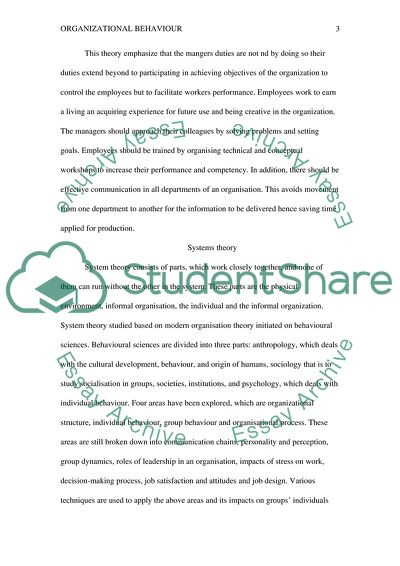Cite this document
(Organizational Behaviour Report Example | Topics and Well Written Essays - 1250 words, n.d.)
Organizational Behaviour Report Example | Topics and Well Written Essays - 1250 words. https://studentshare.org/social-science/1762697-organisation-behaviuor
Organizational Behaviour Report Example | Topics and Well Written Essays - 1250 words. https://studentshare.org/social-science/1762697-organisation-behaviuor
(Organizational Behaviour Report Example | Topics and Well Written Essays - 1250 Words)
Organizational Behaviour Report Example | Topics and Well Written Essays - 1250 Words. https://studentshare.org/social-science/1762697-organisation-behaviuor.
Organizational Behaviour Report Example | Topics and Well Written Essays - 1250 Words. https://studentshare.org/social-science/1762697-organisation-behaviuor.
“Organizational Behaviour Report Example | Topics and Well Written Essays - 1250 Words”. https://studentshare.org/social-science/1762697-organisation-behaviuor.


